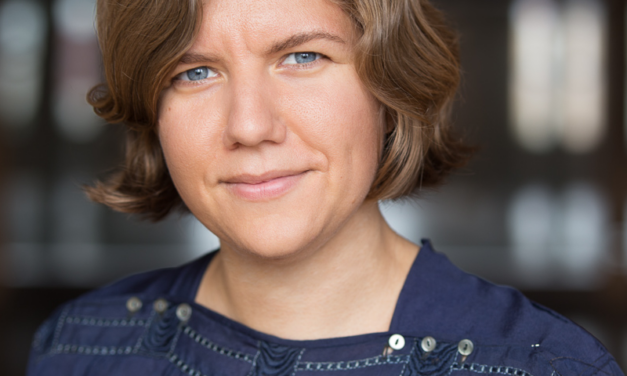Andrew Leith, Conservation and Collection Program Manager, Chicago Cultural Alliance
Taste from Home is collection of recipes and stories inspired by the food that defines who we are and where we come from. As we are all home exploring new recipes and cuisines, we encourage you to share a recipe and story with us that connects you to your family and cultural heritage.
Please consider making a tax-deductible donation today, if you are able. If you are unable to donate, you can still participate by sharing a recipe by using hashtags #tastefromhome, #tastefromhomerecipe, & #chicagocultural on Facebook, Twitter, or Instagram.
My name is Andrew Leith. I am the Conservation and Collections Program Manager at the Chicago Cultural Alliance. I have been at the Alliance since the beginning to 2017 but my relationship with this incredible organization dates back considerably further than that. You could say the Alliance and I came of age together over the past 16 years. When I was a young anthropologist in undergrad at Loyola University Chicago, I began volunteering as a facilitator for a recently minted program known as Cultural Connections through the Field Museum’s Center for Cultural Understanding and Change (CCUC). It was through that formative experience with community collaboration that I came to visit several of the city’s treasured cultural centers and became friends with amazing community stakeholders such as Soo Lon Moy, Dorothie Shah, and the late Stanley Balzekas Jr. As it so happens, that program evolved into the Chicago Cultural Alliance.
I love my work. I am honored to be invited into the museum collections spaces our Core Members call home. It is a privilege to work hand in hand with these visionaries I now call friends to help to care for their collections.
Though it has many iterations, my Grandmother’s particular recipe for haluski derives from an old Slovak mountain dish comprised of potato dumplings and fried cabbage. My great-grandparents brought it with them from the village of Klenovec, Slovakia to the United States when they immigrated in 1912. Simple, hearty, and cost-effective, it fed five children on the family farm in northern Wisconsin during the Great Depression. I grew up loving Grandma’s haluski and spent many happy moments helping her to prepare it—consequently learning how to replicate the recipe myself. As with many old recipes, it is the product of experience, taste, touch, and smell rather than any proper written instructions. A dash of this and a scoop of that—this recipe is very forgiving and can be easily adjusted. Today, I continue to use my great-grandmother’s heirloom cutting board whenever I prepare haluksi, and the smell of frying cabbage evokes memories of my grandmother’s kitchen and her stories of a Slovak-American upbringing. This is a tradition I look forward to share with my own son.
The recipe is in the link. A donation is not required to view the recipe. Any donations made will support the Chicago Cultural Alliance’s mission to promote, support, and connect museums and centers of cultural heritage for a more inclusive and equitable Chicago.




